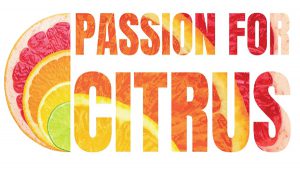In recent years, imports of citrus have surged, and the gap between imports and exports has widened.
The U.S. trade deficit for all fresh and processed fruits and vegetables exceeded $11 billion in 2015 and approached $14 billion in 2017.


A 2016 Congressional Research Service report attributed the rising deficit to a number of factors, including favorable duty rates for foreign suppliers, opportunities for counter-seasonal supply, and increased consumer demand in the United States for year-round fresh fruits and vegetables.
Across a large number of industries, a major media focus during 2018 was the economic impact of the Trump Administration’s tariff wars with Canada, Mexico, the European Union, and, particularly, China, the world’s second largest economy behind the United States.
At issue with China was the fallout from tariffs (which had risen to 25%) on $50 billion worth of imported Chinese goods.
With the wars seemingly at a stalemate after retaliation by China, the U.S. Department of Agriculture began to deliver the first portion of its planned $12 billion aid package to domestic industries negatively affected by Chinese tariffs. While market and price uncertainty remained, the aid package came as welcome news for citrus growers.
“Any policy that handcuffs our business is certainly problematic, and tariffs are no exception,” said John Rast, founder and president of Rast Produce as well as trucking firm Sierra Agricultural Transportation, Inc., Visalia, CA.
“It hasn’t affected our domestic business directly, but for our international customers and suppliers it’s a concern we hope will be reconciled in a way that won’t inhibit anyone from growing their business.”
Despite the uncertainty, trade continues.
“The import season will always be relevant, serving to complement domestic production,” said Julio Ortuzar, director of imports at Boca Raton, FL-based Bova Fresh, LLC.
“There are more participants; Argentina is playing a more significant role, especially on the East Coast. All of this activity goes to benefit the consumer through steady supply and uniform high quality.”
This is an excerpt from the most recent Produce Blueprints quarterly journal. Click here to read the full article.


